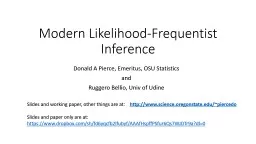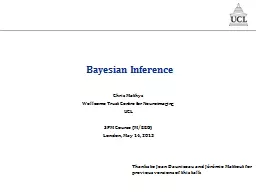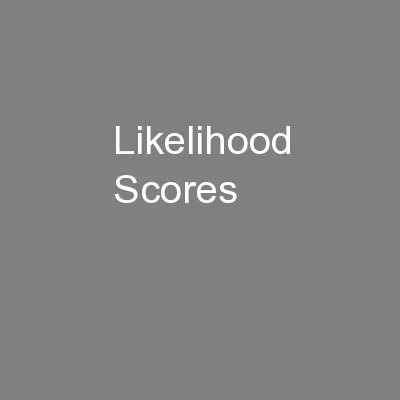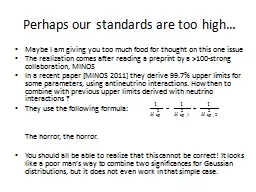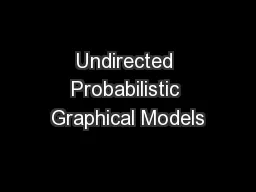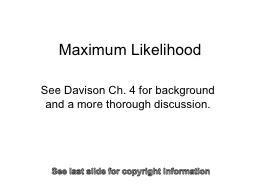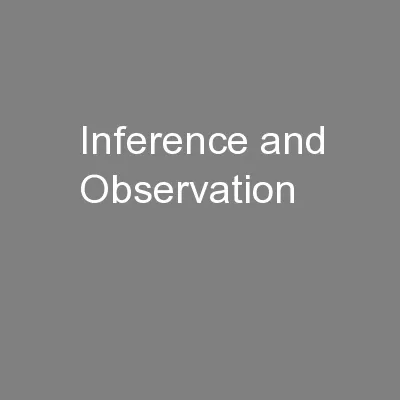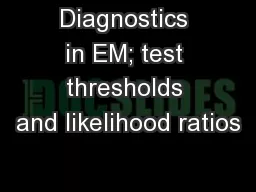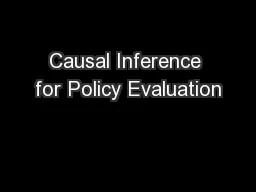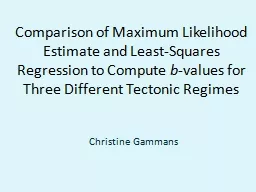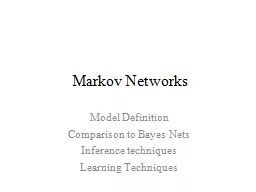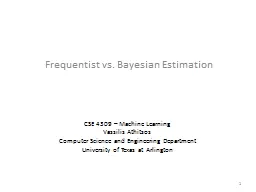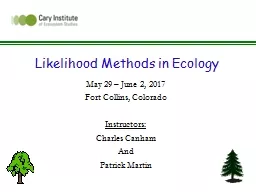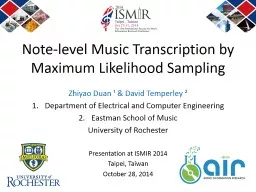PPT-Modern Likelihood-Frequentist Inference
Author : trish-goza | Published Date : 2017-08-12
Donald A Pierce Emeritus OSU Statistics and Ruggero Bellio Univ of Udine Slides and working paper other things are at httpwwwscienceoregonstateedu piercedo
Presentation Embed Code
Download Presentation
Download Presentation The PPT/PDF document "Modern Likelihood-Frequentist Inference" is the property of its rightful owner. Permission is granted to download and print the materials on this website for personal, non-commercial use only, and to display it on your personal computer provided you do not modify the materials and that you retain all copyright notices contained in the materials. By downloading content from our website, you accept the terms of this agreement.
Modern Likelihood-Frequentist Inference: Transcript
Download Rules Of Document
"Modern Likelihood-Frequentist Inference"The content belongs to its owner. You may download and print it for personal use, without modification, and keep all copyright notices. By downloading, you agree to these terms.
Related Documents

